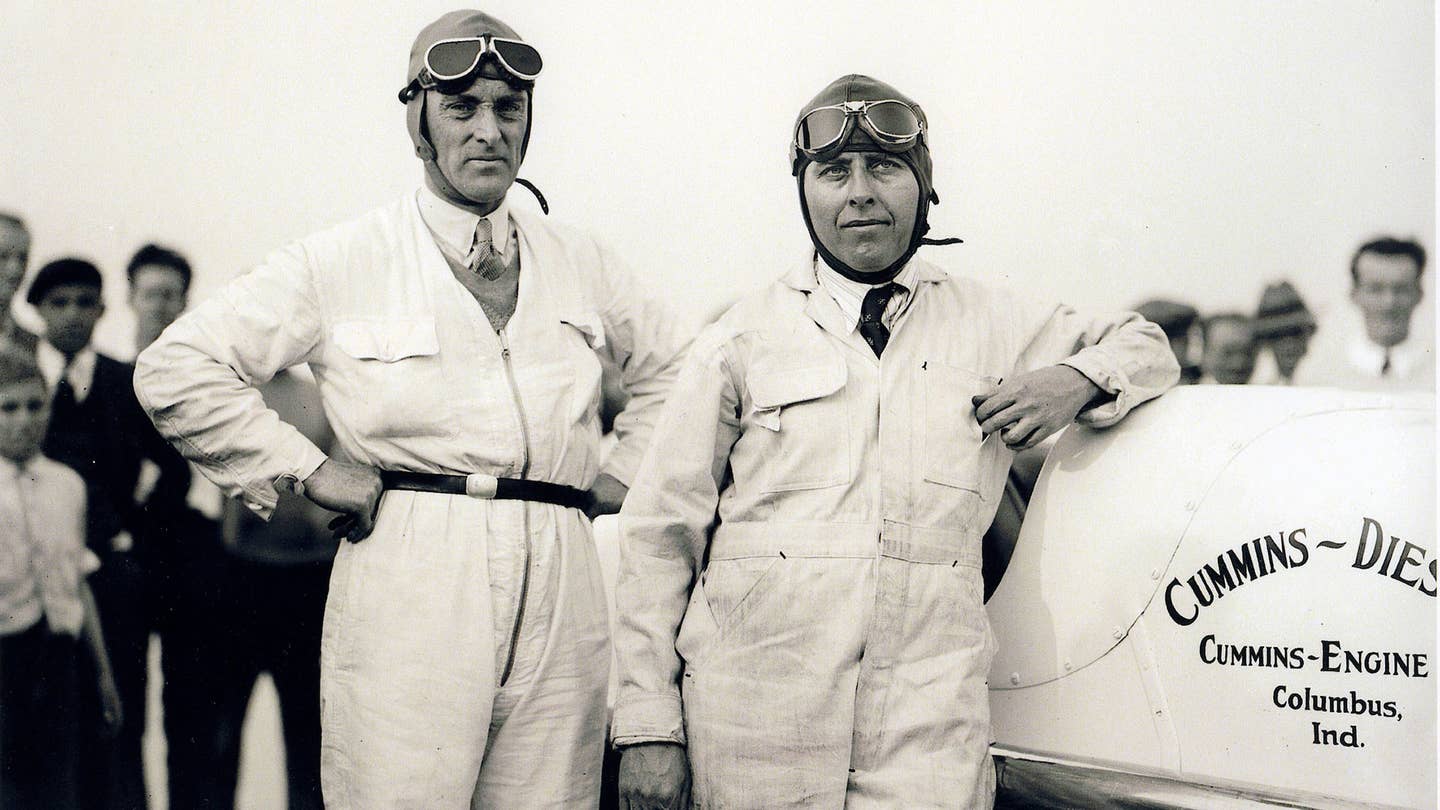How to Drive From Indiana to New York for $1.38
Before it was Volkswagen’s downfall, diesel was kind of a wonder.

Volkswagen might be wishing this test had never taken place; any contemporary Prius drivers with an HVAC system full of soot may curse this anniversary; Ford/Navistar fans will flush with shame. But on this day in 1930, the world learned that diesel technology had a place outside of the farm. Credit Clessie Cummins, scion of America’s most successful diesel family, who plopped a Cummins Model A diesel engine in a Packard Touring Car. And he drove the hell out of that elegant oil-burner, from the Cummins headquarters in Columbus, Indiana to New York City. It was the first successful diesel roadtrip, marking the technology’s leap from marvel to market. The journey, just under 800 miles, used only 30 gallons of fuel, costing the triumphant businessman just $1.38. Yes, we’ve experienced inflation in the intervening 86 years, but in 2015 dollars, Cummin’s trip still cost well under a $10 spot.
While Cummin’s triumphant 1930 excursion was diesel’s first public success, it wasn’t its origin. Back in 1894, Rudolph Diesel patented an engine using paraffin wax (surprisingly similar, chemically, to today’s diesel fuel) and compression ignition, not spark. Twenty years later, using that template, an industrious Indiana mechanic, one Mr. Clessie Cummins, iterated on the design and came up with blueprints for his eponymous brand’s famous six-cylinder. That engine would go on to find many homes beyond Clessie’s Packard. Duesenberg, Indy 500 racecars, and much of the industrial world soon became beneficiaries of diesel’s economy and shove. Trucks, boats, generators across America thrummed with a gurgling hum. Building on his first success, Mr. Cummins undertook a second stunt in 1935, driving a diesel Auburn from New York to San Francisco for $7.34—including the fuel needed for a record-setting 80-mph speed run at the Bonneville. Today, Cummins is a Fortune 500 company with around $20 billion in annual sales.
Who knew that the thundering 5.9-liter lump in your cousin’s ‘89 Dodge had such an elegant past?

